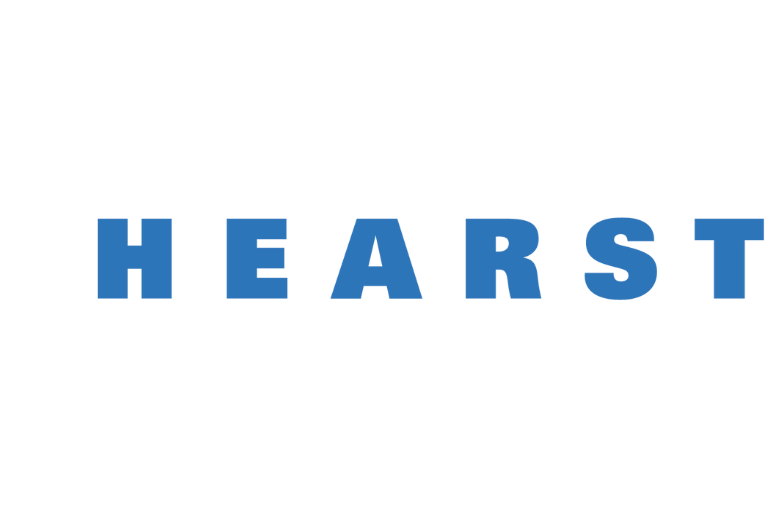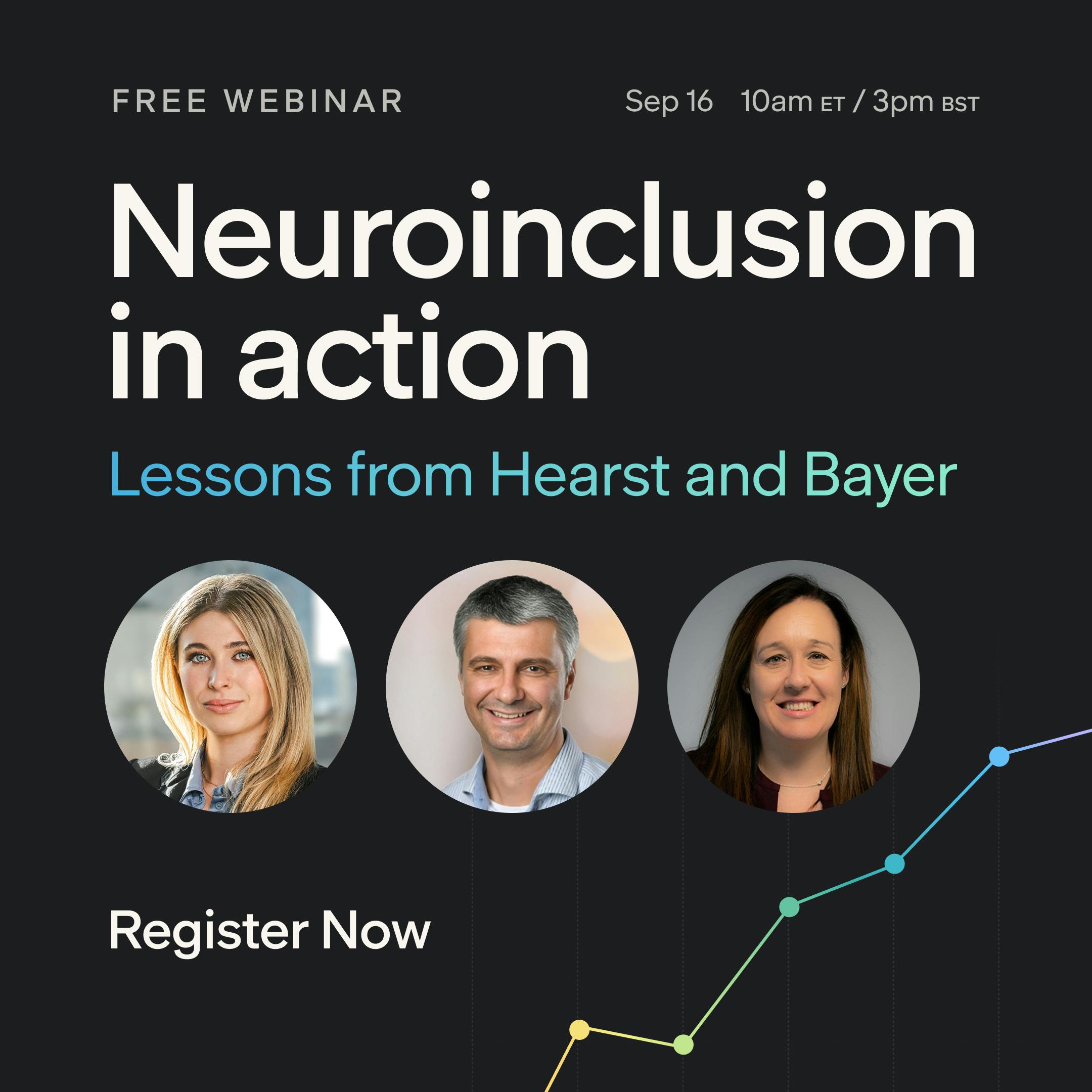Designing a neurodiversity program that delivers these kinds of results requires more than good intentions. It calls for a structured, thoughtful approach, which is exactly how Hearst created their program Neurodiversity@Hearst.
5 key factors in designing an effective Neurodiversity Program
In today’s workplace, diversity of thought is one of the most valuable assets a business can cultivate. That’s why building teams with a mix of neurotypical and neurodivergent talent isn’t just about representation.
It’s about unlocking a broader range of skills, perspectives, and problem-solving approaches. Both groups bring unique strengths, and together they can drive innovation, resilience, and performance.
The challenge is that many workplaces were designed with only one way of thinking in mind. When systems, processes, and environments don’t account for different cognitive styles, neurodivergent employees can face barriers that impact their ability to thrive.
The result can be burnout, anxiety, and lack of psychological safety; challenges that extend beyond neurodivergent employees to the wider workforce. Employees across the board report taking time off when they feel unsupported, unheard, or unable to bring their full selves to work.
When employers implement neuroinclusive practices, they don’t just remove barriers, they strengthen the workplace for everyone. Research from CIPD shows that 63% of neuroinclusive employers see a positive impact on employee wellbeing; 55% report improved company culture; and 52% report higher employee engagement.
Neurodiversity programs help organizations achieve these results
By translating intention into action, neurodiversity programs provide a central framework that embeds neuroinclusion into every part of an organization. They align all teams under one strategic vision. From hiring and people management, to learning and development, and beyond.
The business case is compelling: EY, SAP, JPMorgan Chase, and Microsoft, each running successful Neurodiversity Programs report retention rates exceeding 90% for neurodivergent hires.

Case study: Neurodiversity@Hearst
Hearst is one of the nation’s largest global, diversified information, services and media companies with a workforce of over 20,000 across more than 30 countries. They recognize that neurodiversity is the future of work and enriches the workplace while fostering innovation.
In 2023, with the support of Integrate and Beyond Impact, Hearst launched their neurodiversity hiring program, Neurodiversity@Hearst - a 15-week internship for neurodivergent talent. This program removes barriers during recruitment, trains HR, and equips managers on how to empower neurodivergent minds. Hearst’s program isn’t just about hiring neurodivergent people, it’s about empowering their existing neurodivergent workforce and allowing all minds to thrive.
Five ways to make sure your neurodiversity program thrives
1. Partner with neurodivergent experts
Sustainable change isn’t built in isolation, it’s built in partnership. Neurodivergent experts amplify success by ensuring a program truly built for neurodivergent talent by neurodivergent minds.
Beyond Impact brought customized strategic insight. They reviewed and amended policies, practices and procedures that could have otherwise created barriers for entry and promotion. Integrate offered deep expertise in neuroinclusive management training, talent sourcing, and onboarding support.
2. Achieve backing from a visible champion at executive level
Success is best secured when leadership not only endorses a neurodiversity program but actively champions it. They embed its value across the organization using their influence, visibility, and network. They can also allocate resources.
Hearst's program had strong backing from executive leadership, including David Carey, Senior Vice President, Public Affairs and Communications of Hearst Corporation. Leadership support helped secure the necessary resources - financially, operationally, and emotionally. When leadership emphasizes the value of a neurodivergent workforce, it trickles down and embeds neuroinclusion into a company.
3. Appoint a trusted leader and give them autonomy to drive results
Real, lasting impact requires a leader who is trusted, understands the vision, and has the authority to make decisions, remove barriers, and embed change into everyday operations.
Appointing a program manager with the authority to lead the project, revise processes (such as onboarding protocols) and ensure changes are integrated into everyday operations was a key point of Hearst’s success.
4. Don’t wait for perfection, start small and evolve over time
Even the smallest changes can create the greatest impact. Start with a limited, high-impact initiative, measure what works, and expand gradually.
Hearst launched with a streamlined pilot program. It was small enough to manage easily, yet impactful enough to generate meaningful feedback and results. This approach gives time to learn and refine processes before scaling, and builds confidence, credibility, and momentum along the way. Now in their third cohort, they’ve evolved into a much larger program in just two years.
5. Collaborate with partners that align with your goals
The right external partners can accelerate your neurodiversity program’s success, but only if their values, practices, and capabilities truly match your vision. Partnerships should strengthen your expertise, and model the outcomes you want to create.
That’s why thorough vetting is essential before you commit.
Consider the following questions:
- Does the partner have consistent leadership and corporate experience?
- Do they practice neuroinclusive hiring within their own staff and board?
- Do they tap into a broad talent pool (colleges, training programs), or push from existing rosters?
- Do they adapt current processes or add separate pathways for neurodivergent talent?
Tara and Tracy note that by combining operational vision with neuroinclusive practice, companies can catalyze meaningful change. Hearst is succeeding as a result of clear vision, leadership support, and bold decisions.

WEBINAR
Neuroinclusion activated: strategies from Hearst and Bayer
Join this webinar on September 16 where Hearst will share more on their framework. You’ll also gain insights from Bayer on how they’ve embedded neuroinclusion into global business operations.
